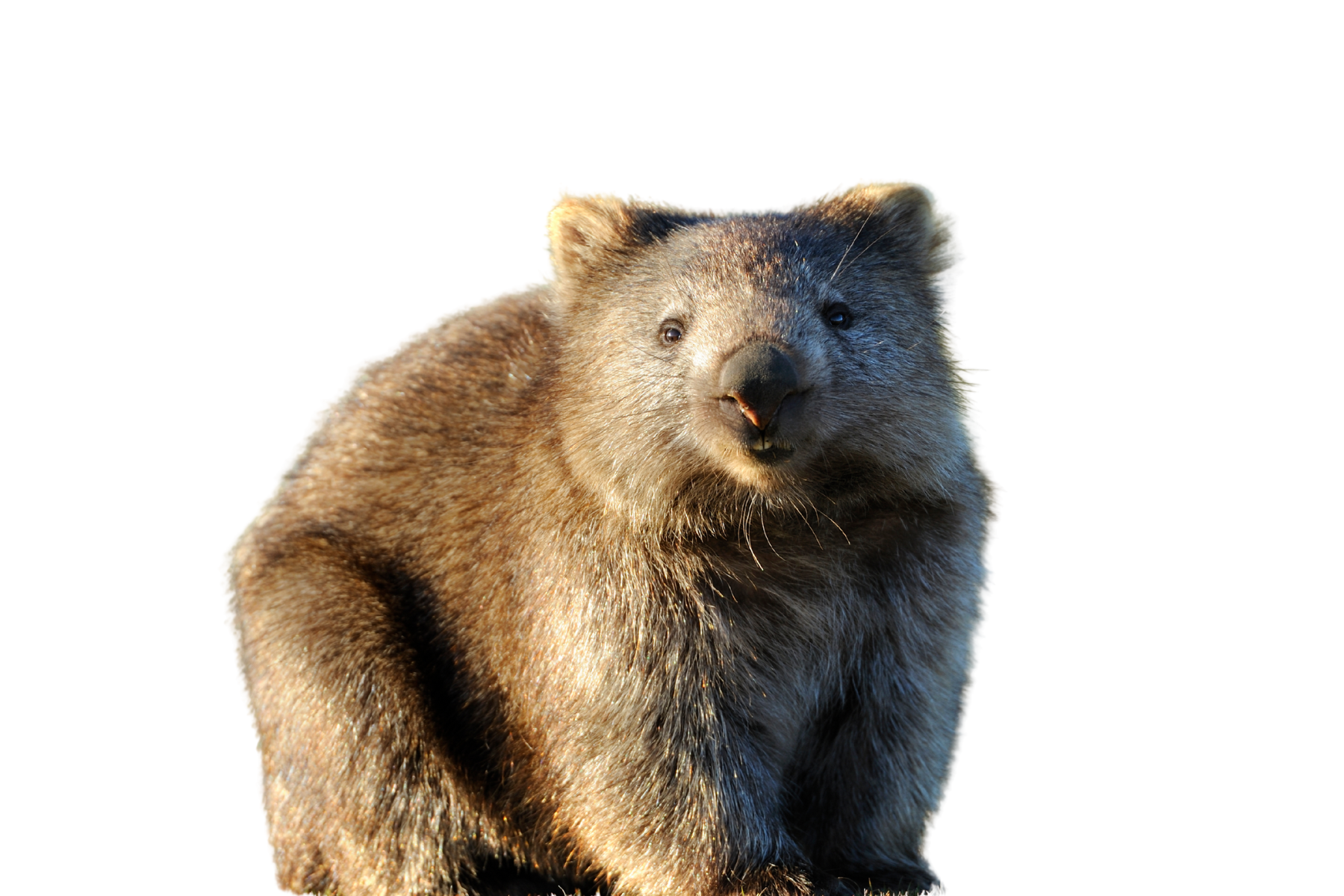Phylum
Chordata
Family
Vombatidae
Class
Mammalia
Genus
Vombatus
Order
Diprotodontia
Conservation Status
Least Concern
Size
Up to 1 meter long; weighs 20-35 kg
Coloration
Coarse grey-brown fur, sometimes blackish, with a bare snout
Adaptations
Powerful legs and claws for digging, cube-shaped feces to mark territory
Habitat
Forests, woodlands, heathlands, and grasslands
Diet
Herbivorous
Eats grasses, roots, and bark
Geographic Range
Southeastern Australia, including Tasmania
Reproduction
Single joey born after a 20-22 day gestation, stays in pouch for about 6-7 months
Threats
Habitat loss, roadkill, and sarcoptic mange from mites
Interesting Facts
Burrow Engineers: Common wombats dig 20-meter burrows in Wilsons Promontory, their 35 kg bodies turning 1 ton of soil monthly, shaping grasslands. Their millions-strong population faces mange, with 10% affected, though protected parks aid recovery.
Cube Creators: Their cube-shaped feces, marking Narawntapu’s territories, prevent rolling, with 100 cubes produced daily in Cradle Mountain. This unique trait, paired with grazing 5 kg of grass nightly, supports their role in ecosystem health, despite 5,000 roadkill deaths yearly.
Best Places to Sight

Wilsons Promontory National Park in Victoria has Tidal River grasslands ideal for wombat sightings at dusk

Narawntapu National Park in Tasmania north of Devonport features open fields and woodlands for wombat sightings

Cradle Mountain-Lake St Clair National Park in Tasmania has Ronny Creek grassy plains near Overland Track for wombat sightings
Best Time to Sight
April-October. Cooler months make wombats more active in grasslands for grazing.
Sighting Tip
Visit grasslands at dusk to see wombats grazing or digging burrows.

